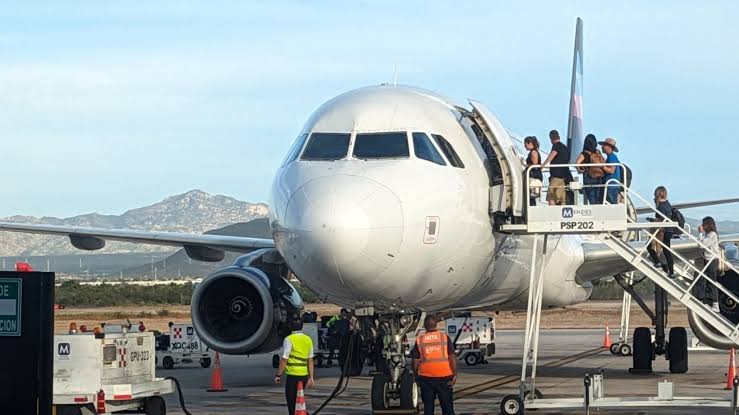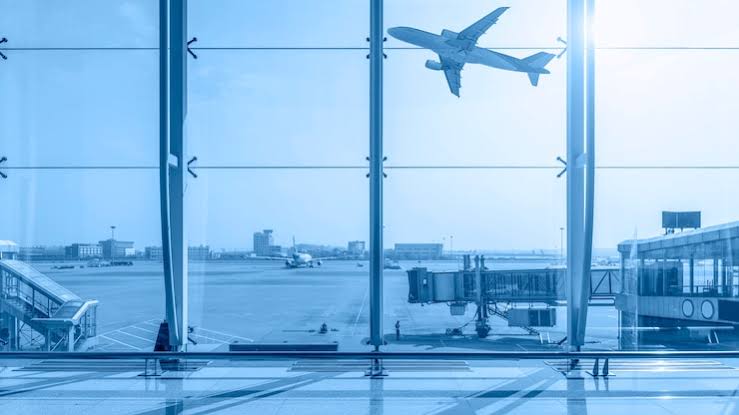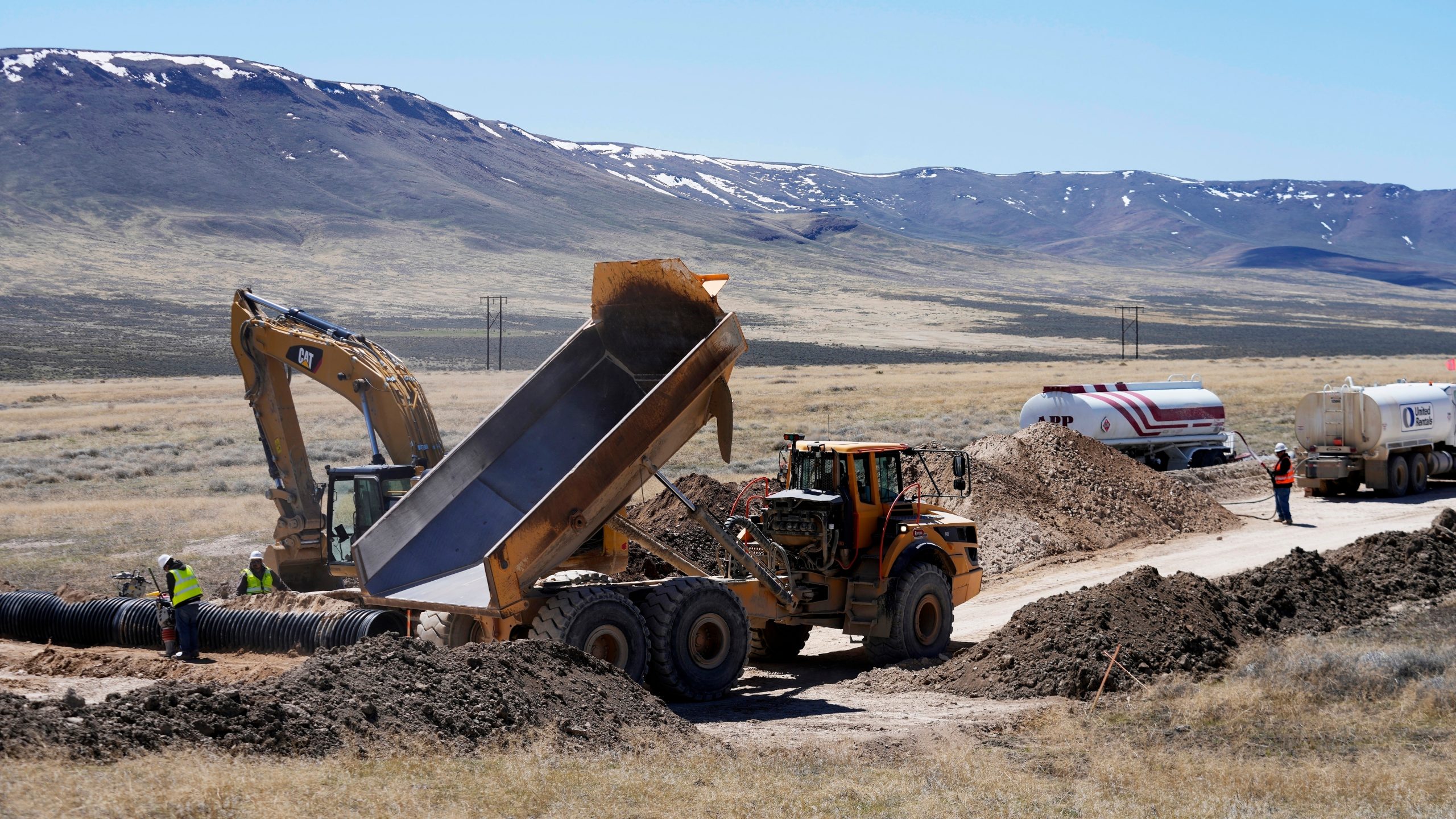The Risk Budget Airlines Face with Aging Aircraft

What happened in Ahmedabad
At 6:47 a.m. local time on 12 June, moments after taking off from Sardar Vallabhbhai Patel International Airport for London Gatwick, Air India’s Dreamliner (Flight AI 171, registration VT-ANB) rolled sharply to the right at an altitude of 625 feet. One minute after a cockpit call of “Mayday, loss of thrust,” the jet crashed into the BJ Medical College dormitory in the city’s Meghaninagar area. Of the 242 people on board, only British passenger Bishwas Kumar Ramesh survived; counting those on the ground, the death toll stands at 245.
Rescue work and the early investigation
Within ten hours, the flight-data recorder (FDR) and cockpit-voice recorder (CVR) were recovered. The U.S. National Transportation Safety Board (NTSB) and the UK Air Accidents Investigation Branch (AAIB) have joined the probe. Specialists are focusing on the take-off configuration, the flap-slat setting, and suspected engine-thrust loss.

A “not-so-new” 12-year-old Dreamliner
Although the Boeing 787 series entered service in 2009, the crashed aircraft was already 12 years old—middle-aged from a technical standpoint. The first fatal accident involving a Dreamliner raises a stark question: even when the calendar age seems low, budget-driven maintenance gaps can turn “paper modernity” into a safety illusion.
How old are budget fleets?
- Allegiant Air in the United States flies aircraft averaging 14.8 years old; Sun Country’s average is 17.9 years.
• By contrast, Frontier averages just 4.9 years, Spirit 5.9 years, and Europe-based Ryanair 10.7 years.
An old fleet does not automatically cause accidents, but it does require more structural inspections and higher upkeep costs.

The safety numbers: IOSA versus the rest
IATA’s 2024 Safety Report shows that from 2019-23 the accident rate for IOSA-registered airlines was roughly three times lower than for non-IOSA operators. Although the global accident rate for all carriers reached 1.13 in 2024, IOSA airlines recorded zero fatal crashes.
Other recent examples
- In January 2023, Yeti Airlines’ 15-year-old ATR-72 crashed in Pokhara, killing all 72 people on board.
• In 2018, Lion Air’s 737 MAX 8 went down just three months after delivery; investigators found maintenance lapses and software faults.
Both cases show that whether the issue is age or design flaws, a budget carrier’s operational culture and training ultimately decide safety.

Regulatory frameworks and age limits
Under the U.S. FAA’s 2010 “Aging Airplane Safety Rule,” aircraft older than 30 years must undergo mandatory damage-tolerance inspections. Europe’s EASA placed age-related risk management in a dedicated portfolio in its 2024 European Plan for Aviation Safety. Many developing countries, however, still fall short on strict enforcement.
Expert opinions
Renowned aviation analyst Richard Aboulafia notes: “Unless the technical cause is clear, Boeing may avoid an immediate market shock, but maintenance culture at budget airlines is now front-page news.” Safety engineer Professor John McDermid adds: “Losing thrust seconds after liftoff is highly unusual; investigators will focus on whether the correct take-off set-up was in place.”
Aircraft shortages and “elderly” fleets
Post-COVID passenger demand has surged even as Boeing and Airbus face production delays, compounded by Boeing’s eight-month strike in 2024. As a result, many airlines are pulling 20- to 25-year-old 737-800s and A320s out of retirement and putting them back in the air.

Five urgent recommendations
- Fleet-age transparency: Show each aircraft’s year of manufacture when passengers book tickets.
- Deep structural X-rays: Make C-check–level inspections compulsory every two years for planes older than 15 years.
- Audit or ban: Bar international routes without IOSA-level audits.
- Rethink “old-plane, cheap-fare” logic: Offer incentives for budget carriers to invest in more efficient new jets.
- Age-based carbon surcharges: Regulators could levy extra carbon fees on fuel-inefficient older aircraft.
The Ahmedabad lesson
The 12 June crash shows how aircraft age, design flaws, maintenance practices, and regulatory gaps combine to raise safety risks. A budget airline’s low-fare model is sustainable only when it guarantees “maximum safety at minimum cost.” Slapping fresh paint on an old airframe is no longer acceptable—that is the hard lesson from Ahmedabad.
















